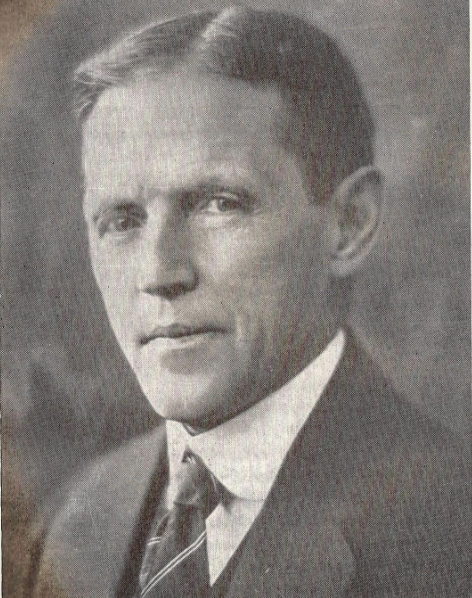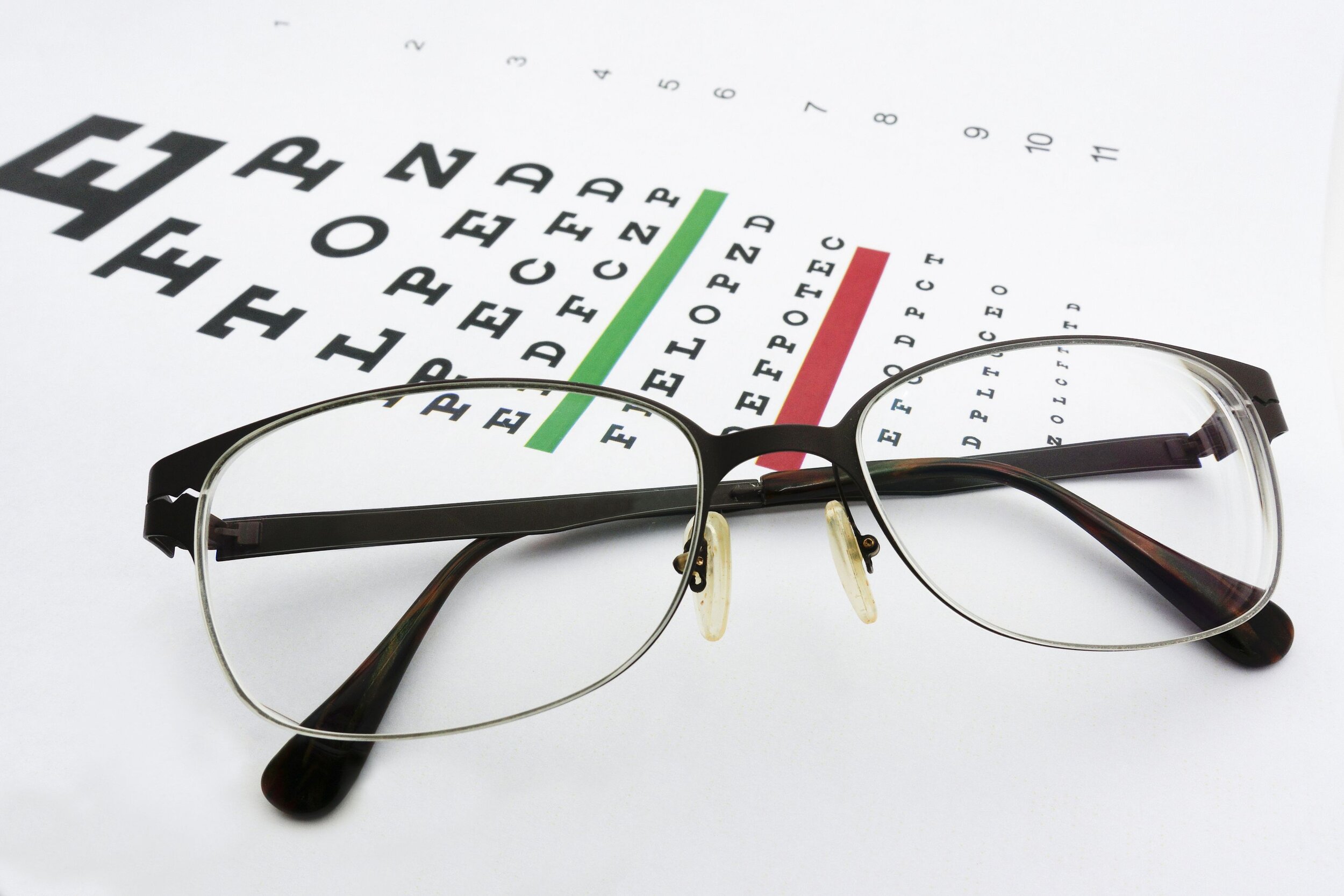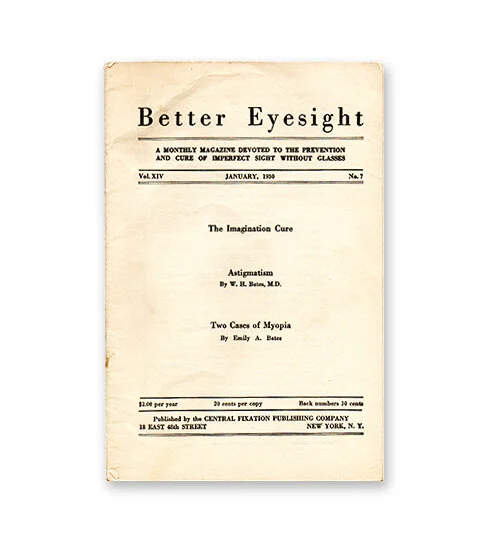ABOUT THE BATES METHOD
Learn about the founder of The Bates Method and the legacy he left behind.




What is the Bates Method?
According to Dr. Bates, poor and worsening eyesight is caused primarily by three things:
Stress or mental strain
Poor vision habits, and
Wearing glasses.
The Bates Method is a method of vision reeducation through relaxation of eyes and mind to regain normal, effortless eyesight, which is comprised of both central clarity and expansive peripheral vision. And unlike what you might have heard, it's quite the opposite of eye exercises.
The Bates Method is about changing your visual straining habits that caused your eyesight problem. The way to see better permanently is to apply those natural, healthy habits all day. This needs to be practiced by first noticing and feeling the strain. Nearly everyone with eyesight problems is initially not even aware of the strain in their eyes and mind. Creating that awareness and attention is the first step, just like in any other transformational process.
Consciously reversing the habits and choices you made to get your eyesight to where it is today is the key to success. This is not a quick fix! And unfortunately there is none.
The Bates Method is an educational approach to relearning the habits of good eyesight. It is based on the principle of dynamic relaxation and of letting go of strain in the mind and eyes. Mental strain and tense eye muscles cause blurry and distorted vision. It is not a set of eye exercises. It is relearning and incorporating into daily life the habits of Natural Vision that bring back visual clarity.
The Bates Method defies the traditional belief that that vision problems are genetic or age-related and therefore unavoidable. Ophthalmologist William H. Bates has shown that eyesight is highly variable and can be improved as much as it can be worsened by conscious choice and unconscious habits.
A History Of William Horatio Bates (1860-1931)
The Ophthalmologist
William Horatio Bates received his medical degree from the College of Physicians and Surgeons at Columbia University in New York in 1885. He went on to become a successful and well-respected ophthalmologist and eye surgeon in New York.
In 1886 he introduced a new operation for relief of persistent deafness consisting of incising the eardrum membrane, an operation still in use today. He also discovered the astringent and hemostatic properties of the aqueous extract of the suprarenal gland, which would later be commercialized as adrenaline.
The Professor
In addition to working in his private practice and at various New York hospitals, he served as instructor of ophthalmology at the New York Postgraduate Medical School and Hospital from 1886 to 1891.
Dr. Bates was driven by a desire to find the root cause of vision conditions rather than just treat symptoms. He had observed patients with a refractive error (nearsightedness or farsightedness) that seemed to spontaneously change for the better, sometimes to the point of a complete reversal of symptoms.
"At the very beginning of my practice as an ophthalmologist, I noticed that patients with myopia often recovered their vision spontaneously. This was not a new observation. Every ophthalmologist had noted such cases, but it was customary to explain them away. If a case of myopia recovered, a mistake in diagnosis had been made... Instead of being explained away and ignored, it seemed to me that such facts ought to be investigated.”
Dissatisfied
For years Dr. Bates felt there was something wrong about the procedure of prescribing glasses to patients who came to him about their eyes.
"Why," he asked, "if glasses are correct, must they continually be strengthened because the eyes, under their influence, have weakened? Logically, if a medicine is good, the dose should be weakened as the patient grows stronger."
Expelled
Ophthalmologists at the New York Postgraduate Medical School and Hospital put glasses on myopic doctors and Dr. Bates then had those doctors remove their glasses and cured them of myopia. Dr. Roosa, the head of the institution, did not accept what Dr. Bates had been doing. He expelled Bates from the institution in 1891.
Dr. Bates became increasingly dissatisfied with conventional ophthalmological practice and questioned the traditional ophthalmologic teachings. Namely, that only the lens is responsible for accommodation, or focusing of the eye and that eyesight, once faulty, cannot improve naturally.
The Researcher
Dr. Bates was not satisfied with the prevailing theory of accommodation, or how the eye focuses. The prevailing theory of accommodation was, and still is, that the curvature of the lens of the eye is the only part responsible for accommodation and that it is its inflexibility that causes failing sight.
This led him to further investigate one of the most basic assumptions of the accepted practice of ophthalmology; namely, that once symptoms of refractive error were present and eyesight faulty, nothing could be done to improve it other than prescribing glasses or performing surgery.
In 1896, Dr. Bates gave up his lucrative practice to further his research. He went into the laboratory at Columbia University and later at the Physiological Laboratory of the College of Physicians and Surgeons in New York to study eyes as they had never been studied before. Disregarding all he had learned in textbooks, he experimented on eyes with an open mind. He ran experiments on animals and examined thousands of pairs of eyes.
During his many years as a researcher, he not only experimented in the laboratory with animals to prove his theory that the external and oblique eye muscles are responsible for accommodation, but tirelessly observed both animals and people's eyesight with a retinoscope. He did not restrict himself to the usual eye examination room, but carried his retinoscope with him, inspecting the refractive state of eyes of both people and animals in many different situations. He refracted the eyes of people in various emotional states: when happy and sad, angry and afraid. Much of his time was spent with children attempting to discover the cause of eye disorders.
His retinoscopic findings indicated that the refractive state of our eyes is not the static condition textbooks reported, but varies tremendously with our emotional state. This instrument allowed him to observe the refractive error during accommodation, independent from any subjective statements of his subjects.
In 1921 he published an article in the American Journal of Clinical Medicine. In this article he outlined his four years of intense experiments of not being able to reproduce the results of the prevailing theory of accommodation through curvature of the lens alone (Helmholtz theory from 1855). And he had much better equipment than Helmholtz, who used light reflections on the cornea and lens surfaces to prove this theory. A theory that all modern optometry is still based on! Despite the fact that Dr. Bates proved to a live audience of eye doctors at a meeting of the Ophthalmological Section of the American Medical Association that the eye muscles create accommodation by changing the size of the eyeball.
His research work showed that the refractive error was greatly influenced by emotions. For instance, it was much larger when the subject was lying. Basically any emotional state greatly affected the eyesight. Even when looking at a foreign object such as printed material in a foreign language his subjects always showed a refractive error. In layman terms, this means that there was a temporary blur even when people had perfect eyesight.
Dr. Bates concluded what is now confirmed by neuroscientific research: Emotions and mental strain translate into body tension. And for a lot of people, this body tension manifests as eyestrain, which in turn creates vision problems. Relaxation of the mind, on the other hand, improves eyesight. Conventional medicine is still not accepting this fact, and continues to treat eyesight challenges as if the eyes were a separate entity from our brains and bodies.
Founder of the Bates Method
Dr. Bates published an account of a little girl who developed temporary myopia when she lied to him. That fact seemed very significant to him, as it was consistent with other findings of myopia, that people tend to become myopic when they feel apprehensive. Dr. Bates found that the eye is never constantly the same, that refractive error changed momentarily, that mental strain and tension increased it and relaxation decreased it. His conclusions were that imperfect sight was not possible without first a mental strain, that eyes are tough to what happens from the exterior, that they could mend rapidly from scratches, bumps, and even burns, but could be blinded by mental strain.
Self Improvement Guru
Of course Dr. Bates wouldn't have called himself that back then. But there is a funny story about his own eyesight. Like so many others, in his 50s, he started to have problems with reading and other near-vision tasks but never thought his method would help with presbyopia, or old age sight. He believed that his method would work only for myopia (nearsightedness). A friend pointed out to him, the fact that he wore reading glasses didn’t make sense if his theory was based on strain, rather than age, causing eyesight problems. Bates found himself in a conundrum and decided to work on his own eyesight.
Dr. Bates Cured His Own 'Stone-Hard Presbyopia'
Teaching a minister friend to use the retinoscope, he found out that his eyes adjusted to the distance when he was making an effort to read. Only when he relaxed his mind without making an effort, the type cleared up. It took him almost a year to be able to read microscopic type (2 pt type size) at 4 inches from his eyes. He claimed that it never took him that long to have his patients do the same.
In his 1920 book Perfect Sight Without Glasses, Dr. Bates writes about his own eyesight improvement. He had been told by various eye specialists that his lens was "as hard as a stone" and that "no one can do anything for you." But through studying his own case intensively, and finding a way to not strain his eyes when wanting to read, he regained an accommodative range of 14 inches. This means he had regained the ability to focus on objects between 4 and 18 inches from his eyes and was no longer suffering with presbyopic blur.
The Educator – Preventing Myopia
In 1902 Dr. Bates left New York and moved to Grand Forks, North Dakota implementing his method to prevent myopia in school children and their teachers. Part of his teachings included daily relaxed reading of the Snellen eye chart. In 1910 he returned to New York and worked as attending physician at the Harlem Hospital in New York City. He soon began implementing his methods for the prevention of myopia in some public schools in New York City.
The Good Samaritan
From 1911 to 1923 Bates worked at the Harlem Hospital Clinic, offering several free clinic days per week to help less affluent people improve their eyesight. Emily Lierman started assisting him in the clinic after she improved her vision using his methods. They held free 'Clinic days' several times per week, usually having long lines of people waiting to be helped. They continued the free clinic at their private practice, and married in 1928.
Publications
Between 1886 and 1923 Bates published 30 medical articles, most of which appeared in the New York Medical Journal. About half of these articles were later compiled into a small undated paperback book called Reprints.
In 1891 Dr. Bates published his first article on the elimination of myopia. While carrying on his experiments he developed a method of photographing the eye to reveal changes in surface curvature as the eye functioned. This work is discussed in "A Study of Images Reflected from the Cornea, Iris, Lens, and Sclera" (NY Medical Journal, May 18, 1918).
His research on the influence of memory upon the function of vision is described in "Memory as an Aid to Vision" (NY Medical Journal, May 24, 1919).
In 1919 Dr. Bates began to publish monthly issues of his Better Eyesight magazine, which was to continue for 11 years.
In 1920 he published his book, Perfect Sight Without Glasses, also called The Cure of Imperfect Sight by Treatment Without Glasses.
In July 1921 the American Journal of Clinical Medicine published an article titled: 'A Clinical and experimental study of physiological optics with a view to the cure of imperfect sight without glasses'. This article is a great introduction to Dr. Bates' theories.
In 1923 the Clinic was discontinued at the Harlem Hospital as Bates left the hospital and began holding a "Clinic Day" at his own private practice on Saturdays. He continued to treat patients constantly for practically all forms of imperfect sight and tended to work 10 hours per day, 7 days per week.
Private Practice
After His Death
Dr. Bates died on 10 July 1931, at the age of 70. He died at his home on Madison Ave in New York City after a year's illness.
In 1940 his wife Emily republished his book and added a useful chapter at the end with suggestions on how to use the Bates method. After legal problems of other teachers, such as Margaret Corbett's court case in 1940/1941, Emily published an edited version of the book in 1943 and called it: Better Eyesight Without Glasses. This revised and abridged version left out much of the original text making it more difficult to understand what Dr. Bates intended to convey to the reader.
The same applies to the heavily edited version of the magazines, the paperback Better Eyesight: The Complete Magazines of William H. Bates, published in 2000 by Thomas R. Quackenbush.
Without easy access to the Better Eyesight magazines that did explain the method in great detail, the Bates Method became misunderstood by many people. These days, it is often associated with doing eye exercises. This is not what Dr. Bates taught. He recommended not eye exercises, but the use of relaxed natural vision habits all day long. If you want to truly study and fully understand the Bates Method, read the original book and the original magazines.
Studying & Practicing The Bates Method
For in-depth information about Dr. Bates and the Bates method, read his original 1920 book, Perfect Sight Without Glasses and his 1991-1930 Better Eyesight magazines. While you can accomplish a lot by studying the books, it's not easy to become aware of eyestrain and other poor vision habits by yourself. You will have more and faster success with the help of a teacher.
We have included on this website a variety of resources for those of you who want to learn more about the Bates Method and Natural Vision Improvement, including a list of teachers of the Bates Method. Today there are professional teachers throughout the world who have been trained in the Bates Method. To find a vision educator who teaches the Bates Method, see our “Teachers” page.




